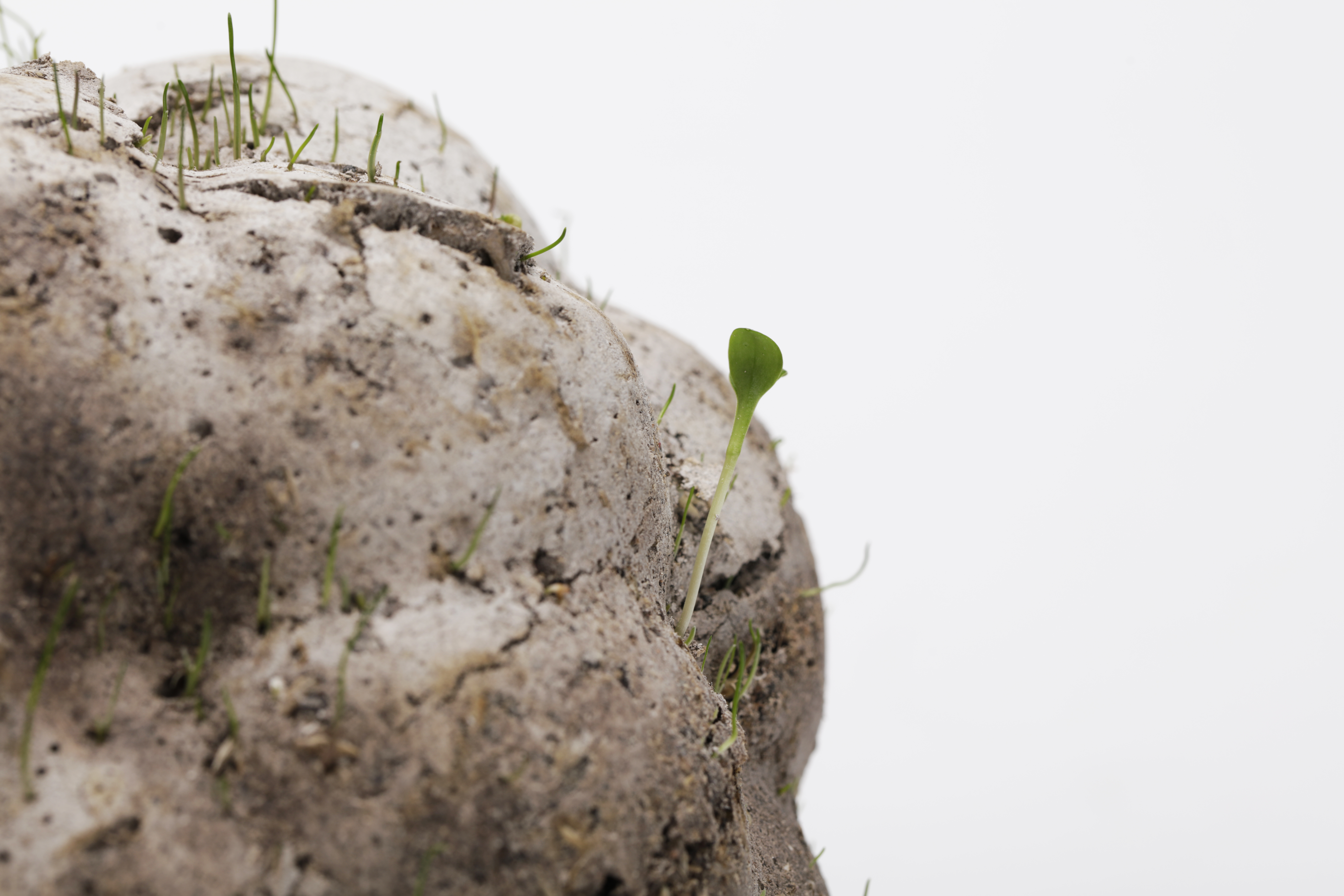BACKGROUND STORY
Viral Nature was born as a proposal for a scalable intervention that aims to reduce the problem of desertification and soil degradation around the globe.
The UN declares: 41.3% of our land is at risk of desertification, 20% is desert and 70% of the land used for human needs is affected by severe phenomena of soil degradation. 3.2 billion of people are affected by desertification. Most of the causes of the issue are imputable to human activity and connected with land management. There are no reliable global studies related to the problem of desertification, but there are local ones.
The space/time context of the research that was initially identified was the Mediterranean ecosystem. This was necessary to narrow down the potential atmospheric variables intervening in the identification of the right ‘ingredients’ to generate the material compound, in order to do that specific constraints and environmental conditions were chosen, so that the approach could be scaled up later in the experimentation, going from the micro to the macro in the most reliable systemic way.
Sicily is in the heart of the Mediterranean Sea, very close to the critical equatorial zone and to North Africa – famous for its extremely arid regions of Maghreb and Sahel. Updated and reliable climatic reports exist related to the history of desertification and soil degradation in Sicily. They demonstrate a positive shift towards the second half of the XX century due to an intense activity of replantation, institution of parks and the return to wild nature of abandoned lands. On this note, Viral Nature proposes a bioreceptive material able to autonomously ‘contaminate’ with vegetation the surroundings and to trigger a ‘primary ecological succession’: the first step toward the ecological climax (forest, Mediterranean scrub, savannah...).
A naturalist expert in Mediterranean flora and fauna was consulted, who identified some ideal species that could be used to produce a proof of concept. A material scientist helped to define a rigorous method to conduct material tests, a sample of the material sprouting under conditions replicating the Mediterranean environment were shown to a biologist and in collaboration with a biohacker two identical samples were treated in an artificial incubator able to control light and temperature in order to compare those samples with others growing in a greenhouse.
THE ECO-VIRUS
The Eco-virus is a proposal for a scalable intervention that aims to reduce the problem of desertification and soil degradation around the globe.
Icosahedron-like structures behave like active ‘eco-viruses’. The pioneer plant seeds embedded in the blend find space and conditions to grow in the body of the designed shape; when mature the plants spread autonomously through the wind, contaminate the surrounding area with native wild vegetation and trigger a primary ecological succession.
While growing the plants will slowly make the composite structure crumble, and when decayed, the plants and the host become humus to the soil. The structures, in their course of life, attract biodiversity, from earthworms to pollinators.
This intervention aims to speed up the process of soil regeneration and increase the chances of success.
(Go to the homepage to explore all the adaptations of Viral Nature).



